Last week Vladimir Putin said Russian army would get 40 intercontinental ballistic missiles. Daria Barinova questioned Aleksey Fenenko, the International Security Department associate professor of the Moscow State University (MSU) on how to expand abbreviations and what “the deep conflict model of relationship with the United States” is.
— The mass media keep on calling the nuclear states to cool down the heat. But why do you propose to withdraw from the nuclear test ban treaty?
— The Comprehensive Nuclear-Test-Ban Treaty (CTBT) was signed under such conditions that Russia and the US were supposed at least to weaken the nuclear deterrence model, let alone abandoning it. The above-mentioned treaty was discussed along with the Fissile Material Cutoff Treaty (FMCT).
— What does fissile material have to do with nuclear weapon?
— Imagine that both treaties got signed and came into operation. Nuclear weapon has the 10-15 years’ service life, which then requires renewal of arsenal. The point was that in case we abandoned actual nuclear tests, nuclear raw materials and production of fissile material for the military purposes, than 30 years later by 2025-2030 the nuclear weapon would have, as such, disappeared.
On the other side, the CTBT Treaty allowed electronic simulation of nuclear tests that was an extra barrier on the way to widening the nuclear club. It is only the countries possessing high-power computer systems that could afford nuclear weapon.
The mentioned conditions were applicable in the mid 1990ies. But so far as Russia and the US are switching to the deep conflict model of relationship the CTBT is now growing a hurdle.
— What does the “deep conflict model” stand for?
— From the material and technical point of view, the Russian-American relations do not differ from the Soviet-American. Nuclear deterrence along with lack of significant economic ties and rivalry in regional conflicts still make the basis. Yet, there remain quantitative and qualitative gap between force potentials of Russia and the US, on one side, and the rest of the world, on the other, including China.
Americans came to know it as far back as 20 years ago: “The US nuclear policy survey” of 1994 said that Russian nuclear force was a primary threat while the priority of US national security was to reduce it.
The feeling that the US remained a major threat came later – when working on the “Russian Federation national security concept” in 1996-2000.
In the early 1990-ies, we discussed with Americans if we could upgrade our relations. Ten years later, we realized, we could not. After another 15 years, the chance of military conflict between Russia and the USA is higher than in the “Cold War” era.
— Anyway, why all the pessimism? Vladimir Dvorkin, retired major-general and an expert for the “Problems of nonproliferation” program of the Carnegie Moscow Centre, states there are no US and NATO aggressive actions towards Russia.
— The “1941 total war scenario” is hardly possible nowadays. Though, why do we take only total war into consideration? Conflicts of that kind are not common things. Just two World Wars, the Napoleon Wars and the Thirty Years’ War make the list covering the past centuries. Most wars are limited. They don’t aim to defeat the enemy but to force it to compromise on certain conditions. In that case, the Russia-NATO conflict is quite possible.
First thing, Russia and the USA have a cause for conflict. The USA claim to create a new world order based on its leadership. This reasonably requires the dismantling of Russian nuclear potential and reorganization of the UN Security Council. Russia denies the legitimacy of the US leadership.
Stakes in conflict are higher than just the ideological differences between communism and liberal democracy.
Second, there is a conflict zone between Russia and the NATO – the Baltic-Black sea region. We cannot eliminate the armed conflict risk in case of conflict escalation.
Third, after the 2012 Presidential Elections in Russia the United States has in fact crossed the red line: it actually denied the legitimacy of the Russian home policy. It’s quite possible the Americans can arrange a large scale military-political conflict to make Russia look like a defeated party. This may lead to the Russian and NATO armed forces confrontation.
By the way, speaking of the total war we somehow are trying to forget the Second World War experience. The countries at war possessed heavy stocks of chemical weapon. However, no one made use of it even under the frustration threat. That is the war model between countries owing the weapons of mass destruction.
— May we speak of nuclear disarmament stagnancy?
— The CTBT treaty situation reminds the one with the Treaty on Conventional Armed Forces in Europe (CFE). The point is that the CTBT ratification procedure is very complicated. Being so cumbersome, it can hardly be expected to come into force.
Russia is not well-situated here. Until the CTBT treaty becomes operational, each country declares moratorium on nuclear tests. So did Russia, and ratified the Treaty. Great Britain and France ratified the treaty but declared no temporary memorandum. In theory, they can start nuclear tests any time now. The USA declared temporary moratorium but did not ratify the Treaty. China did none of the mentioned. That means Russia is tied tighter than any other country. As in the case with the CFE Treaty. It is time to raise a question in such a way: either the US joins the Treaty or Russia also declares moratorium.
— Can we declare moratorium on the CTBT Treaty too?
— When we signed the Treaty in 1996, we made a few principal reservations: we had the right to withdraw the CTBT Treaty in case of threat to the national security and the right to carry out nuclear experiments for maintaining security of our nuclear potential.
The key point is we can withdraw the Treaty if nuclear weapon gets deployed in the Eastern Europe countries – new members of the NATO.
The ABM (Anti-Ballistic Missile) systems deployment in Eastern Europe is a perfect cause to quit the CTBT Treaty. That would be the most painful response both to sanctions and to NATO forces deployment. Regardless of the fact the CTBT Treaty has not entered force they are creating international nuclear tests monitoring system. The system comprises national seismic and hydro acoustic stations, which transmit data to the technical secretariat in Vienna. Most of the stations are in the US and allies’ territory. In this situation, both China and we are on unequal terms with others. The largest complex of the stations aimed at China placed in Australia and New-Zeland. This is a reason why China refused to ratify the CTBT Treaty.
If we declare moratorium on the CTBT Treaty it will turn out the US sponsorship of the global monitoring system was useless.
— What is the state of affairs around the CTBT Treaty negotiations?
— We still pretend to be in the early 2000ies with the Americans but, in fact, relationship were pushed back to the late 1970ies when the Euro-missile crisis was in midstream. Under pressure, Russia has the right to refuse a number of disarmament treaties that are no longer acceptable.
— What are the treaties in question?
— First of all, the Treaty on Open Skies. It is not just because they can conduct inspection flights and take pictures of the military objects. There is a new player here – the European Union that declared the “European sky” policy and own standards. The EU however is not a party. So why Russia is to obey the disadvantageous treaty?
Next, we can withdraw the Chemical Weapons Convention of 1993. We tend to complain of NATO’s supremacy in conventional armed forces. Chemical weapons is a perfect way to restore the power balance. It would be painful for the US as they spent billions of dollars to destroy that type of WMD.
It would be also good to quit the uranium and plutonium treaties. For instance, under the bilateral agreement of September 23, 1997 Russia and the United States obliged to seek to close the plutonium generating reactors. Under the famous “uranium treaty” of February 18, 1993 Russia provides the USA with highly enriched depleted uranium to fuel nuclear power plants. Why does Russia need these agreements given the unfriendly US position?
Possessing such means of persuasion Russia could easily end the Western-led war of sanctions.
The Kremlin could firmly lay down the condition: “treaty termination for each imposed sanction”. We shall land knockout punches on the arms control international system in response to attacks on the Russian economy. If you tend to disconnect us from SWIFT, we shall denounce the Chemical Weapons convention thus depreciating the efforts you have been making for the last quarter of a century. Will Washington be ready to pay such a high price for the economic conditions? I strongly doubt it.
Michael O’Hanlon, the American political expert, was fair to say the international legal regimes are essential for the US leadership. The worst thing ever for the United States is the triumph of the fact the world is polycentric. So, this is the pressure point Russia must hit on.
— What about the Treaty on the Non-Proliferation of Nuclear Weapons?
— The NPT Treaty faith is mostly the USA concern than of Russia’s. There is a scope of the “unrecognized nuclear powers” the world community has learnt to deal with. We have been terrified with nuclear conflicts scenarios in Hindustan and on the Korean peninsula for quite a long time, though the nuclear weapon has rather the stabilizing effect. Nuclear weapon is very hard to create and to keep in proper technical order – one need nuclear fuel cycle i.e. nuclear power engineering development. The nearest candidates to enter the “nuclear club” are Japan, South Korea, Brazil and presumably, Germany, Australia and Argentina. I cannot see the threat to Russia in case any of the mentioned countries obtains nuclear weapon.
Another thing is the United States. As far back as 1993 Washington declared itself a guarantor of the international nonproliferation regime, reserving the right to disarm “dangerous” regimes. Each American administration has been verifying the fact since then.
Any nonproliferation regime crisis is a blow to American interests described in the idea “A pretty good leader you are that failed to perform your duties”.
Americans keep on declaring readiness to expand the NPT Treaty. Russia can pose a question: “What are you ready to compromise on in exchange for the NPT expansion”.
The Department of State keeps on saying that despite sanctions it seeks to cooperate with Russia on nonproliferation issues mainly during negotiations on Iran and North Korea nuclear programs. However, is Russia interested in that kind of cooperation? Do we have “mutual threats” with countries that impose sanctions on us?
— What must it be to replace the disarmament treaties?
— Just nothing. Why does anything have to come at all? The global disarmament process is the history’s property. The process was popular in the last quarter of the past century. In this context, the 21st century significantly differs from the 20th. Therefore, that means we have got to live and act according to the circumstances.
— Do you mean to augment the potential?
— That is just a tip of the iceberg. What is more important is to secure the nuclear potential we have been augmenting. There are a few reasons why the NPT Treaty impedes us.
The first reason is that the international monitoring system is rather disadvantageous. The Americans have radar location complexes in Japan and Western Europe as for us, we just do not have the place to install them close to the USA.
The second is the Treaty forbids subcritical and hydronuclear tests, which are essential for developing nuclear warheads.
The third, the Treaty states the “zero power” principle. That means all sides have the right to conduct laboratory tests without releasing power from splitting the atom. This is ambiguous form of words. Colonel-general Victor Esin, the retired chief of staff of the Strategic Missile Troops once stated that it is impossible to be sure of the “zero power”. If power is at zero level one cannot see anything. Actually, we say just “none to be seen”. For that reason, we have to get rid of ambiguity and carry out full-scale tests.
The question of whether we can avoid actual nuclear tests to maintain nuclear potential is difficult. Though all experts admit that it’s impossible to develop new types of nuclear warheads in the frame of CTBT Treaty.
Americans during George W. Bush administration were against the treaty for they could not develop new types of small and extra small warheads. Why should Russia refuse the right that the USA has? Under the conditions that the USA did not ratify the CTBT Treaty and keep on putting pressure on Russia, there is no use for us to support it. What for? Americans say it is for the “global civil society’s stake”. Sounds funny. In case the pressure goes on, we can pose the question of other disarmament treaties.
Interview by Daria Barinova

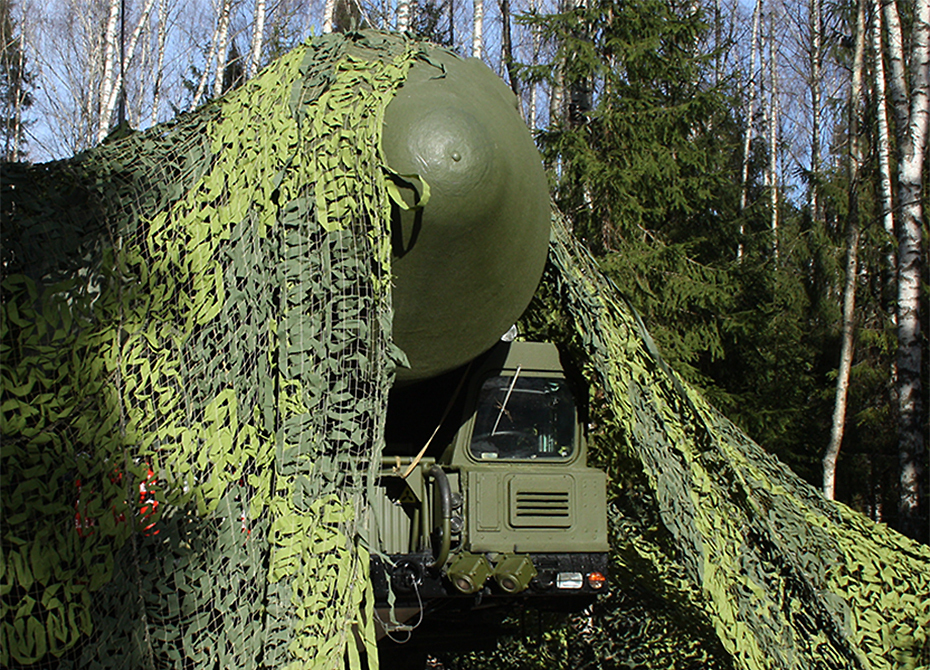
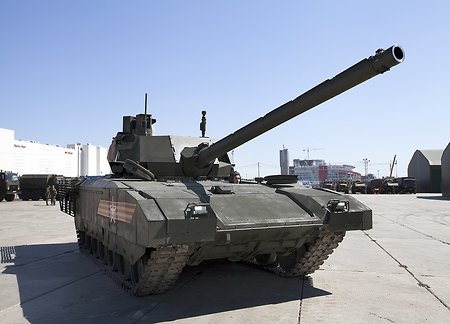
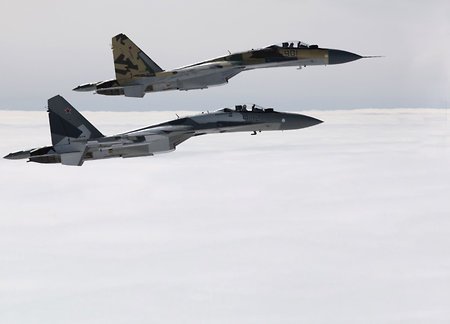
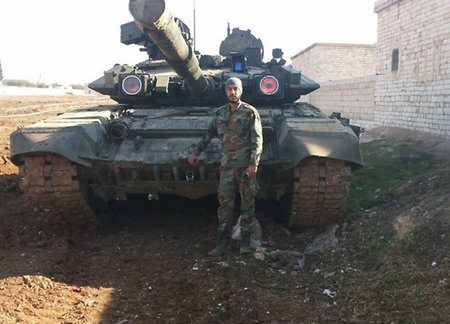
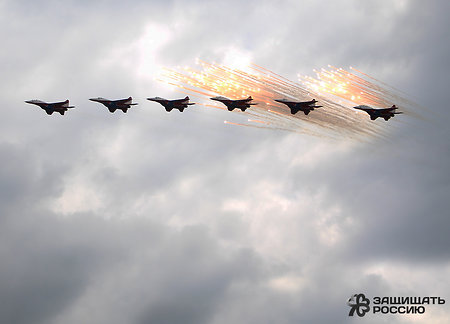

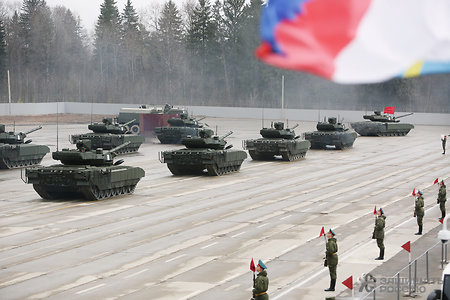
Orphus system